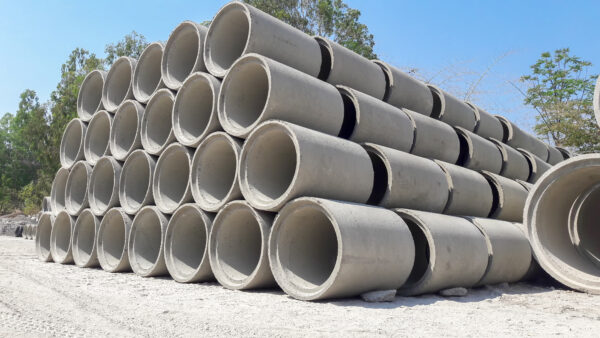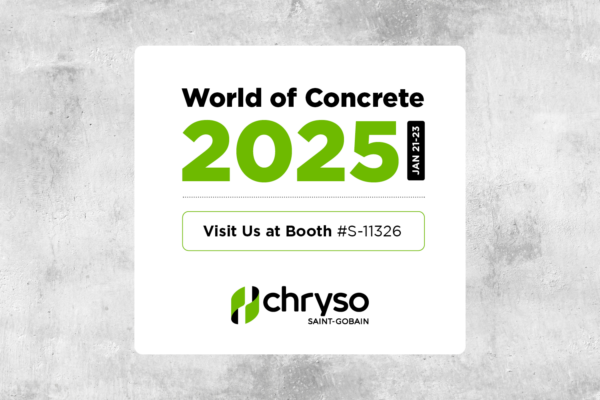Effect of High Dosage of AEA on Compressive Strength – TB-0203

There is no standard addition rate for air-entraining agents (AEA), such as DARAVAIR® and DAREX®. The amount of AEA needed depends upon the level of the air required and the many factors that effect the process of entraining air (see technical bulletin “Factors Affecting Air Entrainment,” TB-0200). When it is necessary to increase the addition rate of AEA to compensate for one or more inhibiting influences, questions are often raised regarding the chemical influence of the concrete admixture on the strength of the concrete.
Since DARAVAIR® and DAREX® AEAs do not participate in the hydration of Portland cement, it will not chemically affect the rate or level of strength development in the concrete, as long as the air content remains constant. To illustrate this, three test concretes were prepared in the laboratory using 50 mL/100 kg, 200 mL/100 kg and 650 mL/100 kg (0.75, 3.0 and 10.0 oz/100 lbs respectively) by weight of cement. In order to keep the air contents at essentially the same level, the concretes admixed at the 200 mL/100 kg and 650 mL/100 kg (3.0 and 10 oz/100 lbs) levels were subjected to excessive vibration prior to test for air content and the molding of cylinders.
The test data, which are summarized in the following table, show that the compressive strength of concrete is not affected, at constant air levels, in spite of the abnormally large quantities of AEA. The slightly higher strengths reported for the 650 mL addition rate concrete are mainly due to the lower air content.
Comparison of AEA Dosage to Compressive Strength of Concrete
| Compressive Strength, MPa (psi) @ | ||||
| DAREX AEA, mL/100 kg (oz/100 lbs) | W/C | Slump, mm (in.) | Air, % | 28 Days |
| 50 (0.75) | 0.55 | 95 (3.75) | 4.8 | 29 (4250) |
| 200 (3.0) | 0.56 | 90 (3.50) | 4.8 | 30 (4380) |
| 650 (10) | 0.55 | 90 (3.50) | 4.4 | 31 (4475) |





